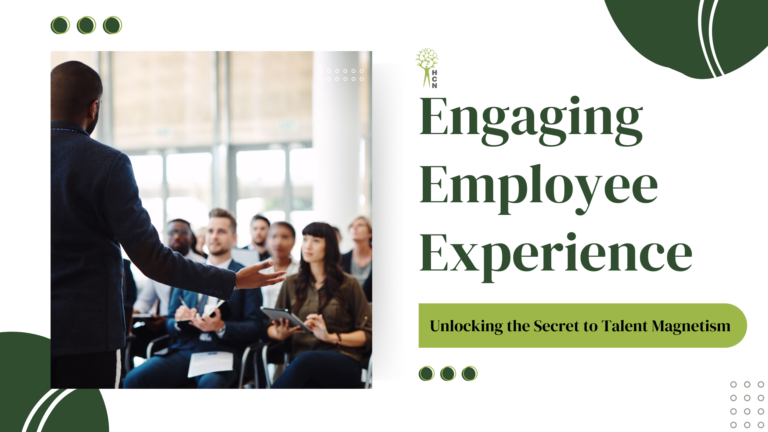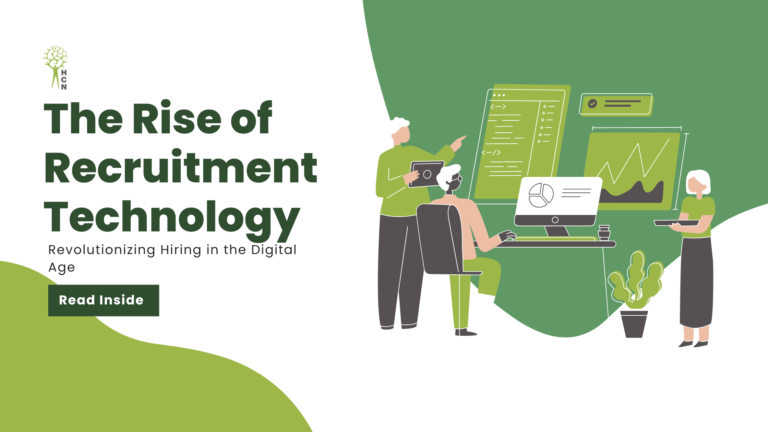Have you ever thought about trying remote work or part-time jobs and realized that work doesn’t have to stick to the typical 9-5 routine? How did this discovery affect your views on balancing work and life, and did it change how productive you felt?
With cross-functional and cross-boundary teams becoming increasingly common, mastering “kaleidoscope thinking”—seeing issues from various perspectives to foster innovation—is now more vital than ever.
Access to information has its pros and cons. While it’s easier than ever to find what you need, the sheer volume can sometimes lead to cognitive overload syndrome (COS), leaving us feeling overwhelmed.
In today’s collaborative work environment, strong social skills, often referred to as “emotional labor,” play a crucial role in effective teamwork, conflict resolution, negotiation, and personal growth.
Flexible work arrangements are increasingly valued, yet many workers still lack the flexibility they desire. Even those with flexible hours often find themselves navigating complex scheduling demands.
The traditional 9-to-5 grind is fading into history. We’re witnessing a profound shift in how, where, and when we work, reshaping the very nature of employment and redefining the relationship between employees and employers.
Traditional Work Models:
- 9-to-5 office-centric approach
- Hierarchical structures
- Clear work-life separation
- Predominantly full-time, permanent employment
Employees often traded flexibility for stability, while employers prioritized control and standardization. However, several factors have driven significant change:
- Technological advancements
- Globalization
- Changing demographics
- COVID-19 as a catalyst
The pandemic accelerated existing trends, forcing rapid adaptation. A Gartner survey reveals that 82% of company leaders now plan to allow remote work at least part of the time.
Emerging Work Structures and Models:
Remote Work and Distributed Teams
GitLab, with over 1,300 employees across 65 countries, exemplifies the potential of fully remote workforces. Employees enjoy flexibility, while employers tap into global talent pools.
According to LinkedIn’s report on the global state of remote and hybrid work, as of January 2024, remote job postings are down 23% from the previous year. Despite this, the appetite for remote work remains high, with remote roles attracting a significant portion of applicants. In Europe, only 9% of jobs are fully remote, but they attract 18% of applicants. In the US, only 10% of posted roles are fully remote, yet they receive 46% of all applications.
Hybrid Models
Companies like Microsoft are pioneering hybrid strategies, blending in-office and remote work. A PwC survey found that 55% of employees prefer working remotely at least 3 days a week.
Gig Economy and Freelance Work
Platforms like Upwork facilitate project-based work. Upwork reports 59 million Americans freelanced in 2020, representing 36% of the workforce.
Flatter Organizational Structures
Companies are reducing hierarchies to boost collaboration and agility.
Results-Only Work Environments (ROWE)
Focus shifts from hours worked to outcomes achieved.
Diversifying Employment Structures
The landscape now includes a variety of employment structures:
- Consultancy: Specialized expertise on a project basis
- Hourly-based Work: Popular in the service industries and gig economy platforms
- Internships: Evolving to include micro-internships for project-based experiences
- Part-time Employment: About 17% of the workforce, according to BLS data
- Contract Work: Fixed-term employment for specific projects or durations
- Job Sharing: Two part-time employees sharing one full-time position
- Portfolio Careers: Balancing multiple part-time jobs or gigs
- Zero-hour Contracts: No guaranteed hours, workers called as needed
- Remote Independent Contractors: Full-time work as a contractor, not an employee
Benefits and Challenges
These new models offer increased flexibility, improved work-life balance, and potential productivity gains. However, they also present challenges in maintaining company culture, managing work-life boundaries, and ensuring equitable treatment across different worker categories.
“I love the flexibility of working from home, but I miss the social interactions of the office,” says Sarah, a 32-year-old Marketing Manager, echoing a common sentiment.
From the employer’s perspective, the shift requires a delicate balance. John, an HR Director, notes, “Our challenge is to create a cohesive company culture across a distributed workforce.”
The New Normal
We’re moving from office-centric to human-centric work models. Trust and results are replacing presenteeism, with an increased focus on employee well-being. A McKinsey survey found that 80% of people reported enjoying working from home.
However, comfort levels vary. Generational differences in adapting to new work models are evident, highlighting the importance of change management and addressing the digital divide.
Implications for Workers and Employers
- Workers gain flexibility but face challenges in financial planning and benefit access
- Employers access a wider talent pool but must navigate building company culture
- Both must adapt to rapidly changing skill requirements and work norms
Strategic Insights for Organizations
- Embrace flexibility as a competitive advantage
- Invest in digital infrastructure and collaboration tools
- Develop new leadership skills for managing diverse work arrangements
- Focus on outcome-based performance metrics
- Prioritize employee well-being and work-life integration
Implementing New Work Structures and Models
Transitioning to new work structures requires careful planning and execution. Here’s a roadmap for organizations looking to implement these changes:
- Evaluate needs, define objectives, align with company goals
- Ensure top-level support and alignment
- Invest in collaboration tools and cybersecurity
- Create guidelines for flexible work and performance management
- Test new structures on a small scale, gather feedback
- Communicate clearly, address concerns proactively
- Equip managers and employees with necessary skills
- Implement changes in phases across the organization
- Regularly assess and adjust based on input
- Establish new KPIs aligned with flexible work models
Looking Ahead
The future of work promises continued evolution. We may see widespread adoption of four-day workweeks, increased use of VR and AR in remote collaboration, and a rise in “third workplaces” – neither home nor traditional office.
As we navigate this transformation, one thing is clear: the way we work will never be the same. Both employees and employers must embrace change, adapt to new realities, and actively shape the future of work. The most successful individuals and organizations will be those who view this shift not as a challenge, but as an opportunity for growth and innovation.




